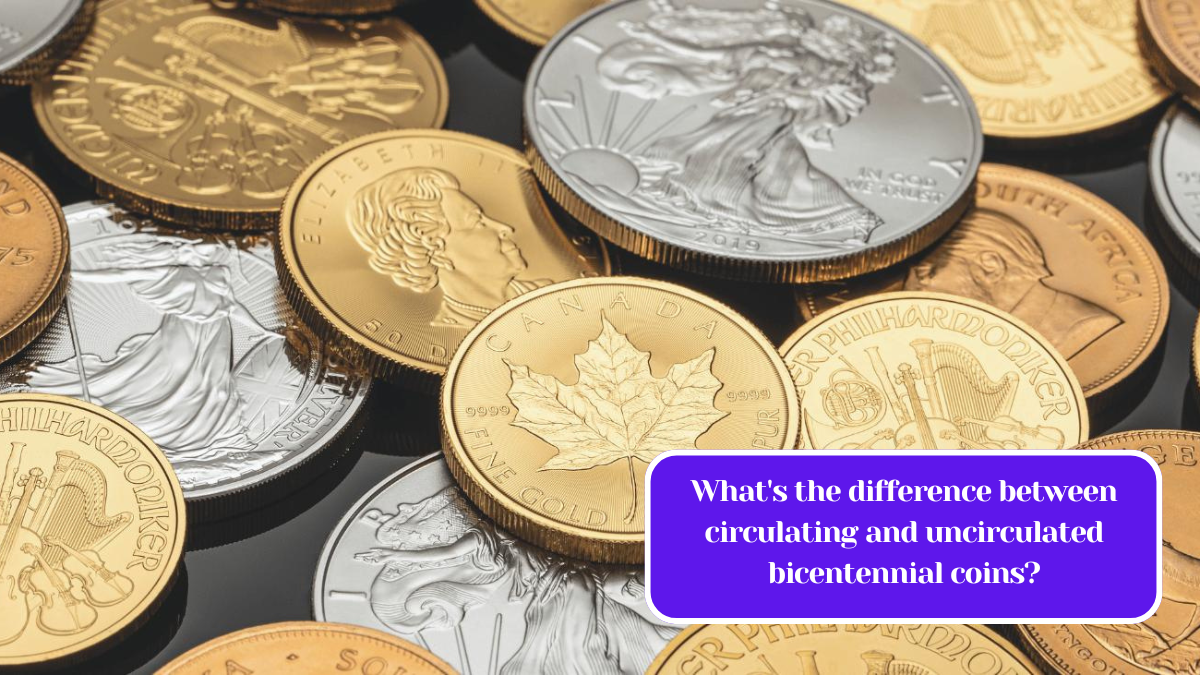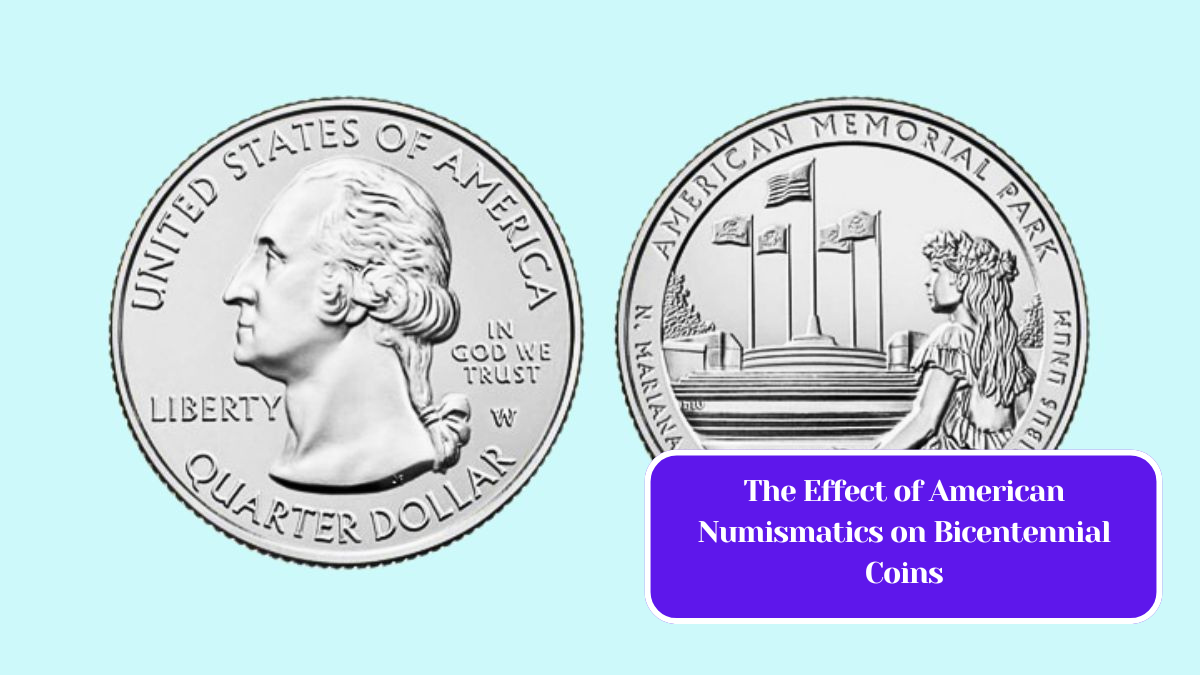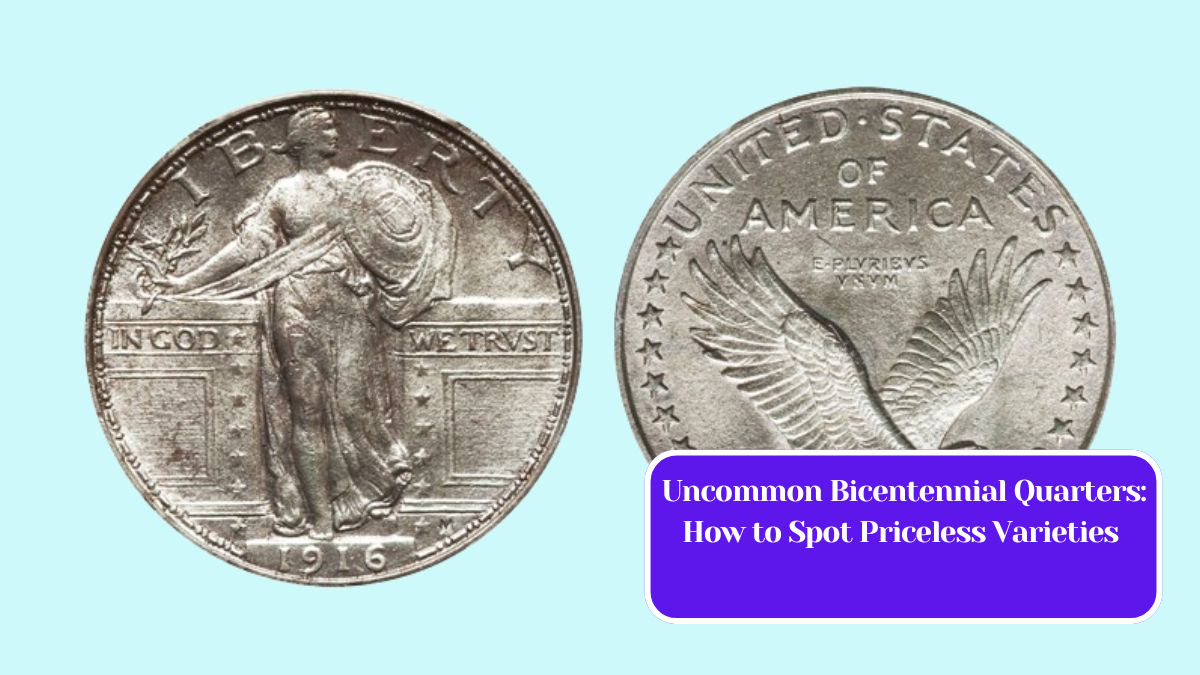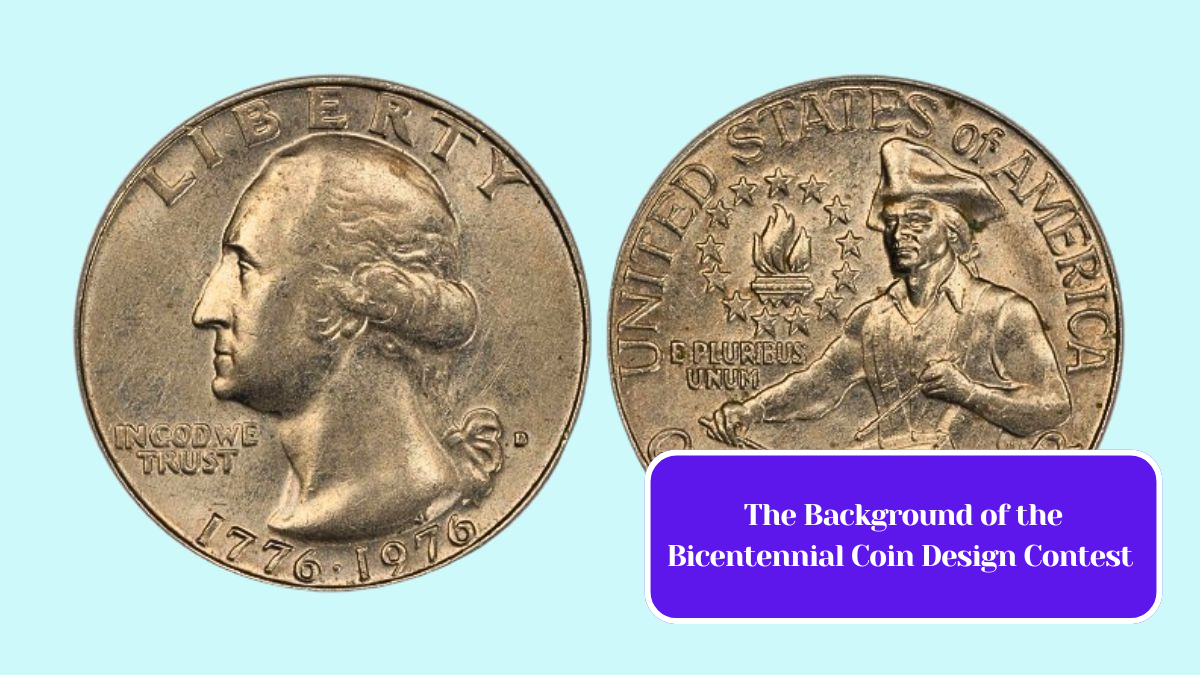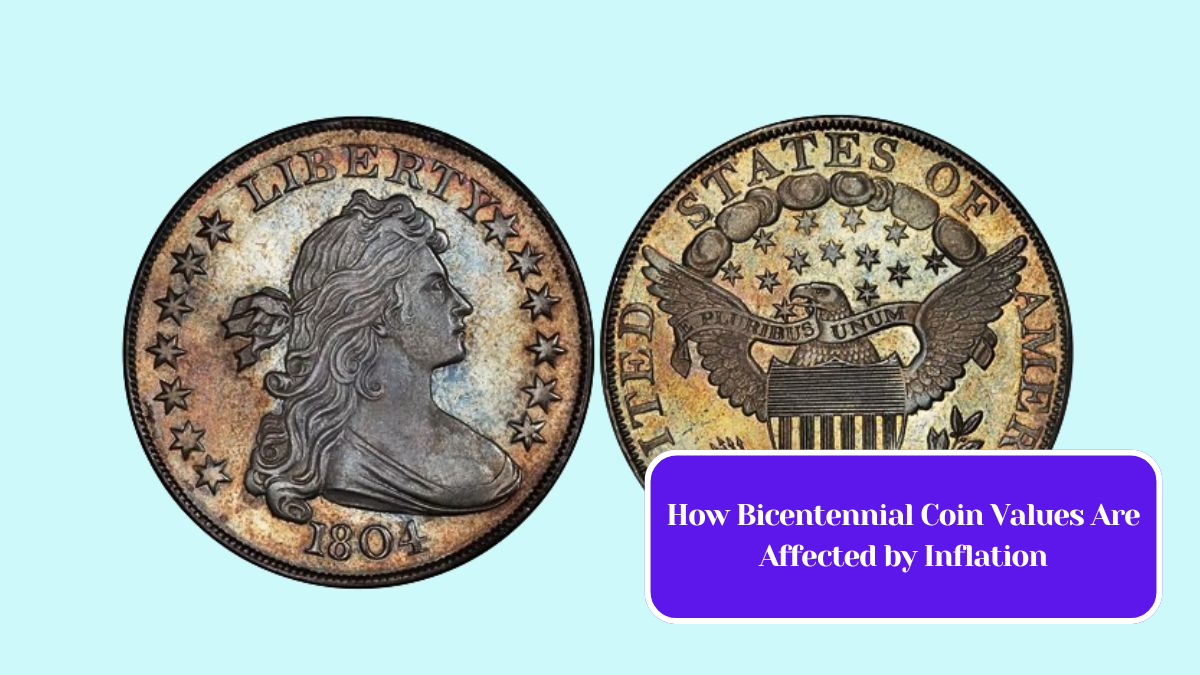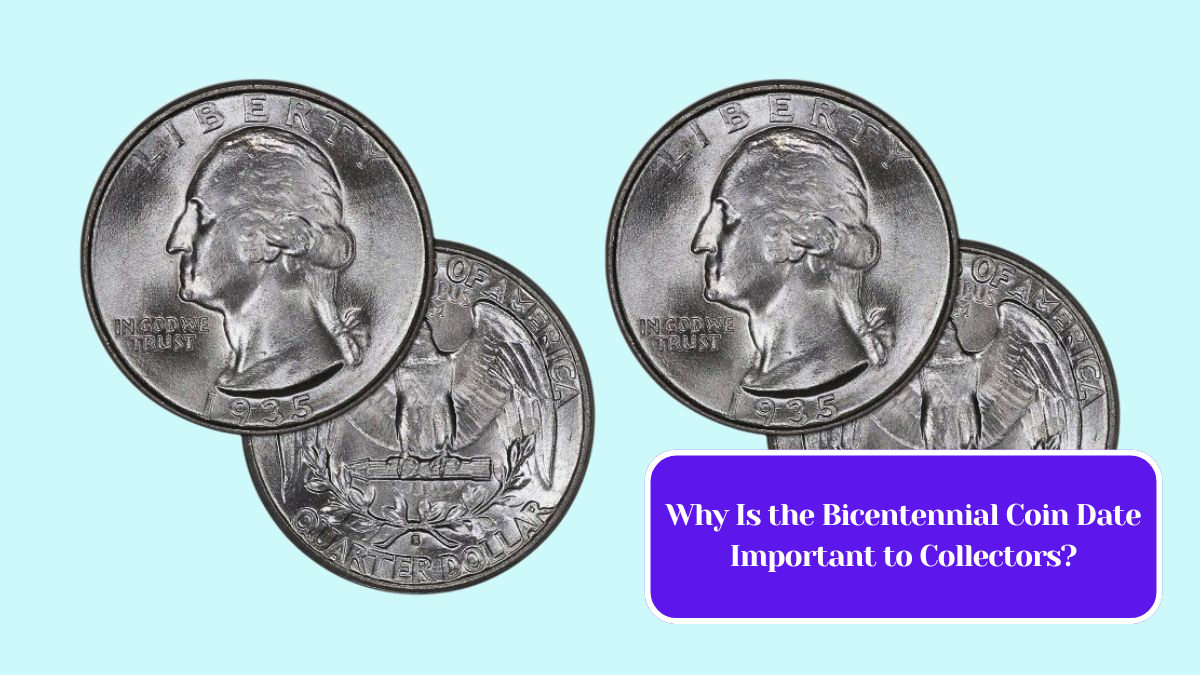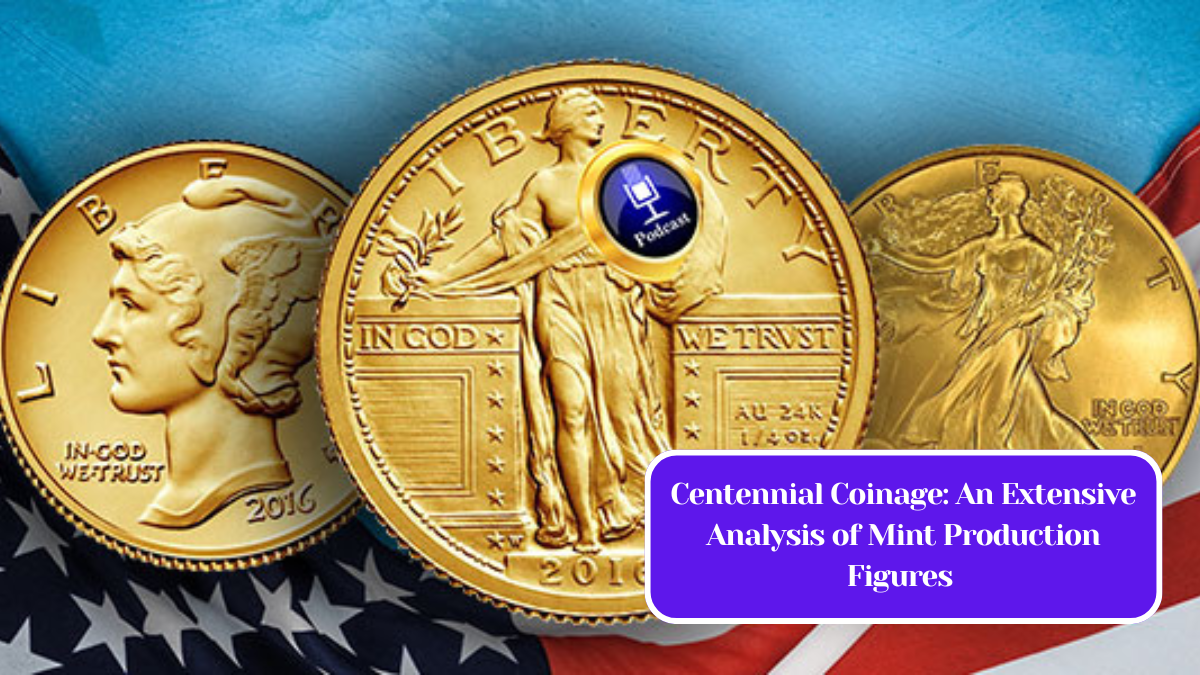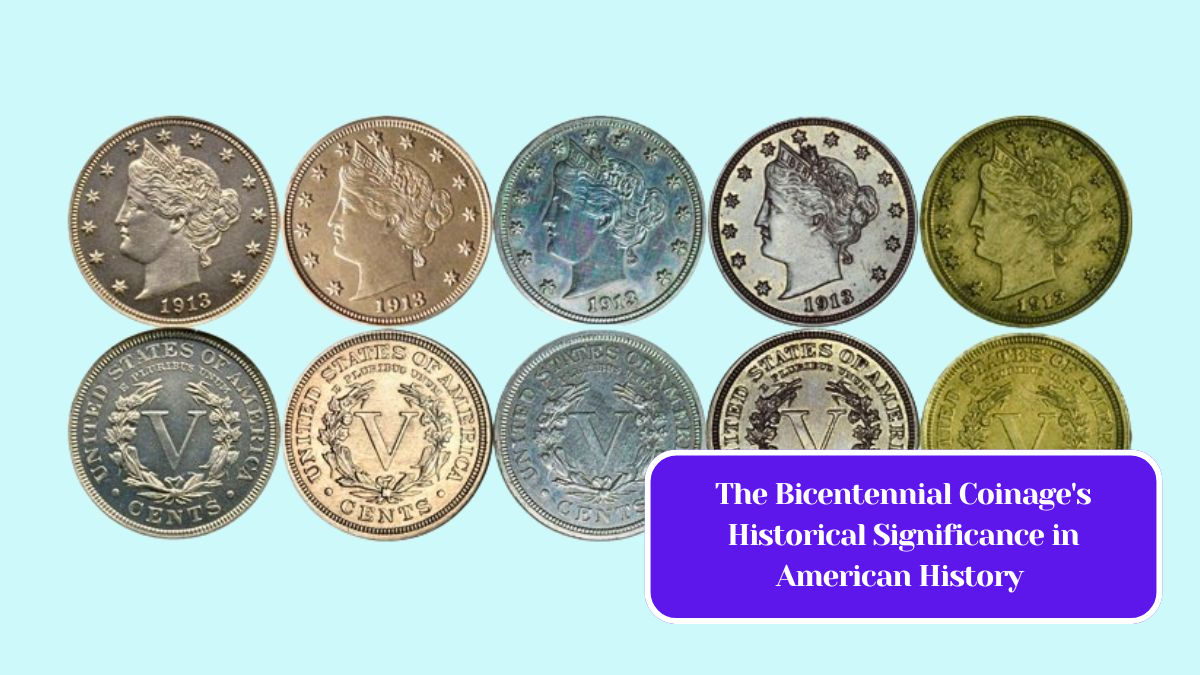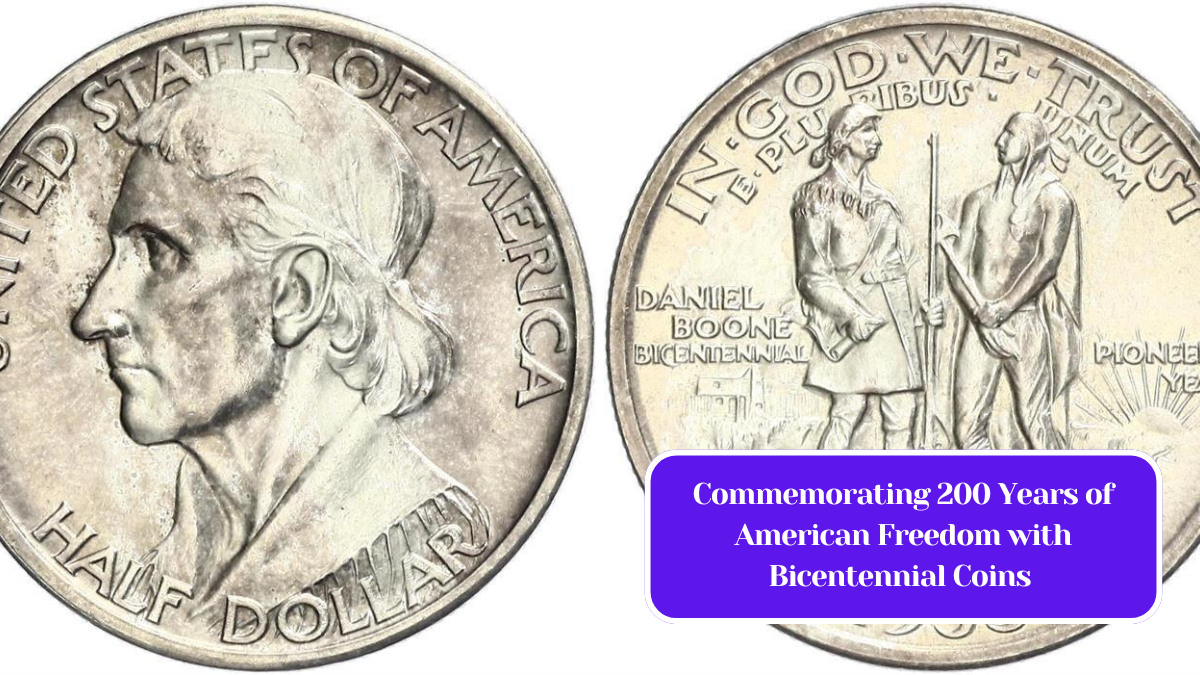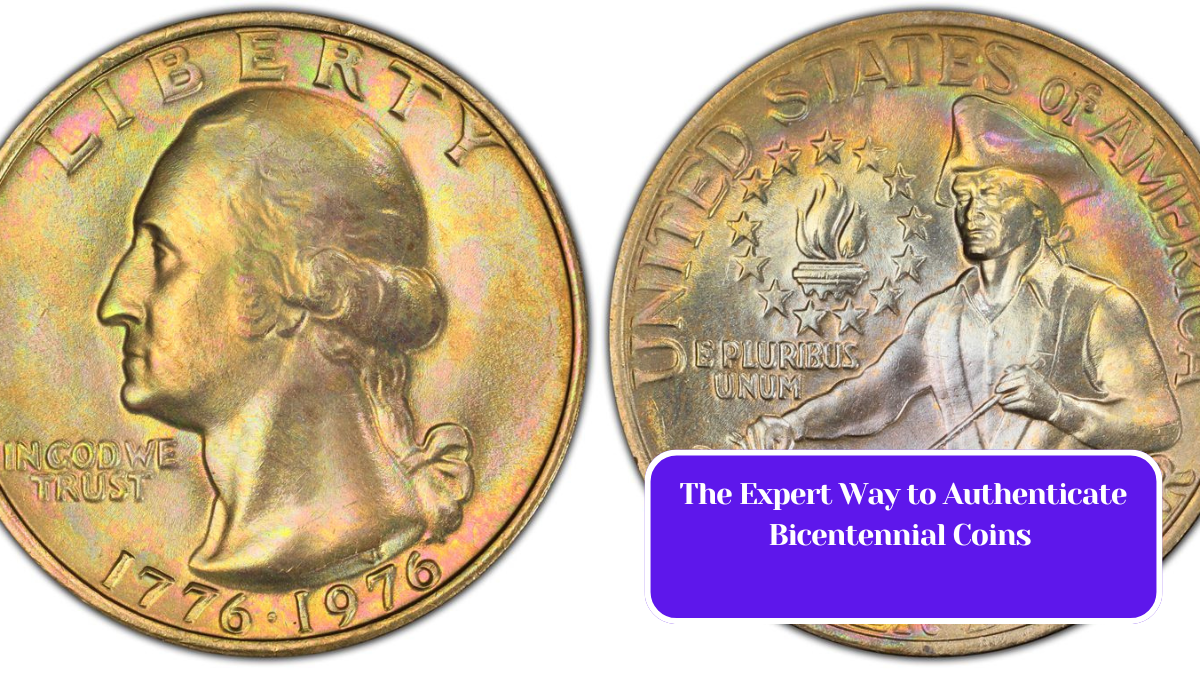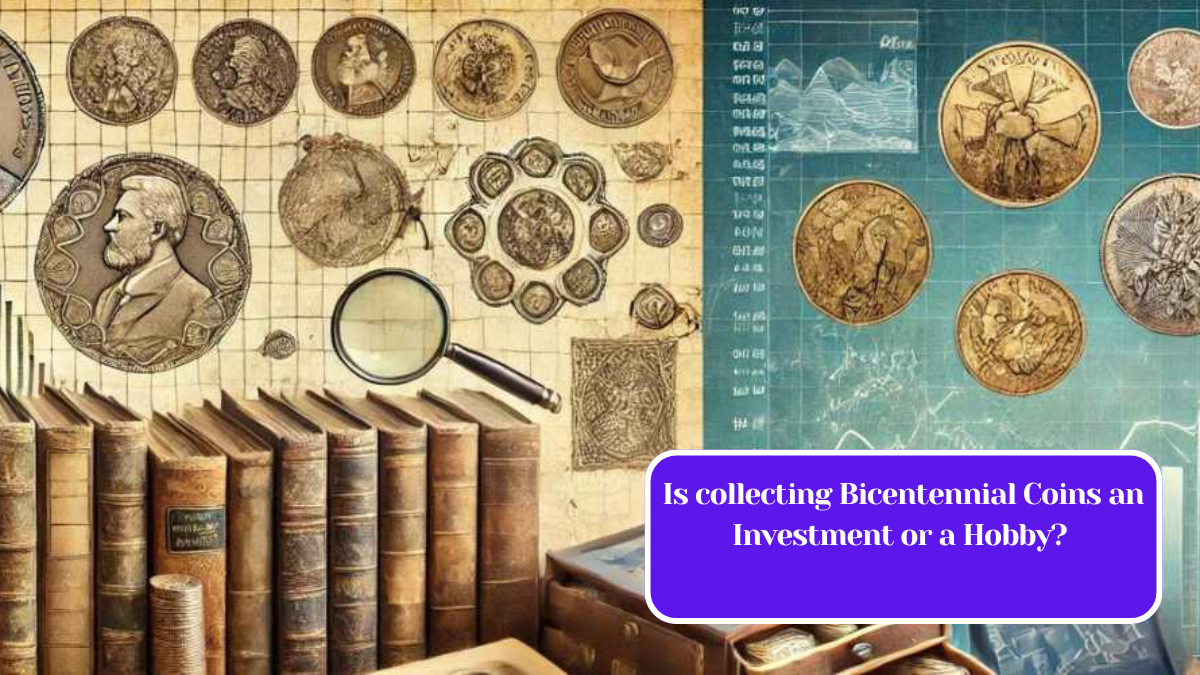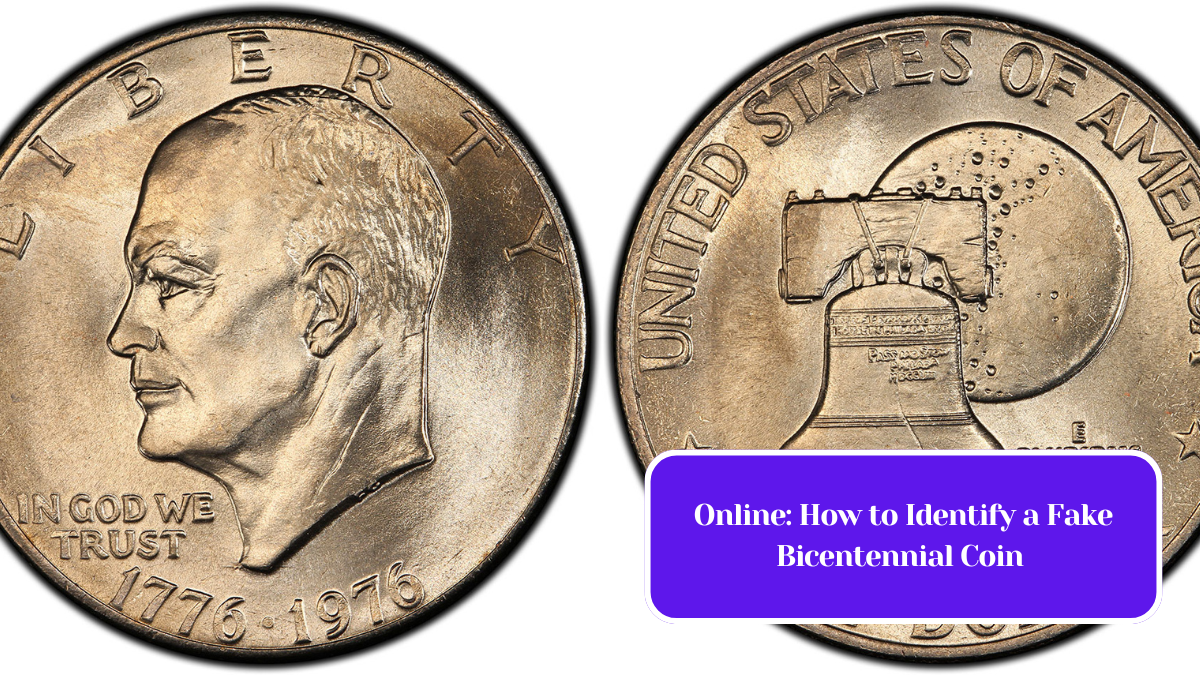The Bicentennial Quarter, minted in 1975 and 1976 to celebrate the United States’ 200th birthday, is more than just a commemorative piece of currency; it has become a collector’s favorite, particularly when it comes to error coins. The value of these errors can vary significantly, making them a fascinating subject for numismatists and casual collectors alike.
Understanding Bicentennial Quarters
The Bicentennial Quarter features a unique design, with the reverse side showcasing a drummer from the Continental Army. It was minted in 40% silver for the special sets and clad in a copper-nickel alloy for circulation coins. Millions were produced, but only a select few exhibit errors, which can greatly increase their value.
Types of Errors
Bicentennial Quarters can have several types of errors, including:
- Double Die Errors: This occurs when the coin is struck twice, resulting in a doubling of the design elements. This error can be especially valuable, as collectors often seek out coins with clear and prominent doubling.
- Off-Center Strikes: When a coin is struck incorrectly, resulting in part of the design being off the edge of the coin. Off-center quarters can be quite striking visually and are usually sought after by collectors.
- Clipped Planchets: This error happens when a piece of the metal planchet is missing before the coin is struck. These coins can have interesting shapes and are often more valuable due to their uniqueness.
- Wrong Planchet Errors: Occasionally, a quarter may be struck on a planchet intended for another denomination, leading to coins that are either lighter or heavier than standard quarters.
- Strike Through Errors: These occur when debris or foreign objects are present during the minting process, leading to noticeable marks or blemishes on the coin.
Valuation of Error Coins
The value of Bicentennial Quarter errors can range from a few dollars to thousands, depending on several factors:
- Rarity: The rarer the error, the more valuable the coin. For instance, a well-preserved double die quarter can fetch upwards of $500 or more, while off-center strikes may range from $10 to $200.
- Condition: The coin’s grade is crucial in determining its market value. Coins in better condition (higher grades) will naturally command higher prices.
- Market Demand: The numismatic market can be volatile. Prices may fluctuate based on trends, collector interest, and the availability of similar items.
Collecting Tips
- Educate Yourself: Understanding the specifics of coin grading and types of errors can help you make informed purchasing or selling decisions.
- Examine Your Change: While most Bicentennial Quarters are common, it’s worth checking your pocket change for any errors. You might find a hidden gem!
- Consult Experts: If you believe you have a valuable error coin, consider consulting a professional numismatist or a reputable coin dealer for appraisal and advice.
- Stay Updated: Follow numismatic publications and online forums to stay informed about market trends and recent sales of error coins.
Bicentennial Quarter errors hold significant value for collectors, both for their historical context and the intrigue of error coins. Whether you’re a seasoned collector or a newcomer to numismatics, understanding these errors and their implications can enhance your collecting experience and potentially lead to rewarding discoveries.

